Back Again?
Guess who’s back? No, it’s not rapper Eminem with a reprise of his hit 2002 song Without Me - it’s none other than the remarkably resilient and ever-resourceful Hikaru Nakamura, who after an eight-month hiatus from classical chess made a victorious return to the more exacting long-game fray by winning the 2023 American Cup held at Saint Louis Chess Club.
Nakamura faced elimination victor Wesley So in the Champions Final over the weekend, and after the latter won the second leg on demand to tie the match and give himself yet another lifeline in the double-elimination KO contest.
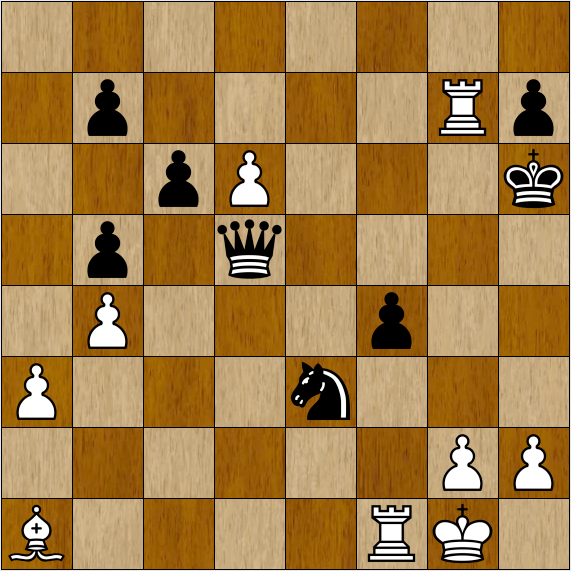
With the match finely poised, a very tense third leg ensued that somewhat unfortunately witnessed Nakamura profiting from an uncharacteristically bad blunder in the opening from his opponent in game four that ended their run of three tight draws, as he won the match, Cup and a maximum $60,000 first prize. Wesley took $35,000 for 2nd place.
It’s now turning into something of a long Indian summer comeback for Nakamura, who may well have thought that, at the age of 35, his best playing days were firmly behind him as he pursued a successful new career as one of the game’s most popular streamers. His big fear going into the tournament, he readily admitted, was losing 10 or 15 points in classical chess - but far from it, as he finished unbeaten and picked up two classical wins, allowing him to leapfrog on the live list Anish Giri into the World #5 spot, on 2775, and firmly back, back again as the US #1!
Meanwhile, despite suffering her first loss to 13-year-old rising star Alice Lee, age and guile ultimately prevailed over youth and innocence as
Irina Krush went on to successfully defended her American Women’s Cup title, as the veteran picked up en passant a combined $30,000 for her efforts.
GM Hikaru Nakamura - GM Wesley So
American Cup Champions Final, (2.1)
English Four Knights
1.c4 e5 2.Nc3 Nf6 3.Nf3 Nc6
The same leg of the Women's American Cup Champions final, between veteran Irina Krush and 13-year-old rising star Alice Lee also featured the same line of the English Four Knights - but with a more adventurous pawn sacrifice and a new twist in the Bellón Gambit with 3...e4 4.Ng5 c6!?
(When the then swashbuckling young Spanish GM Juan Bellón unleashed his wild gambit in 1978 (against Wolfgang Uhlmann, in Bucharest, Romania) the main line ran 4...b5!? looking to meet 5.cxb5 with 5...d5 6.d3 h6 7.Nh3 and a very messy and murky position where White can't hold onto the extra material.)
5.Ngxe4 Nxe4 6.Nxe4 d5 7.cxd5 cxd5 8.Ng3 h5! the plan being to chase the knight to aid a speedy development of Black's pieces. Typical compensation for a pawn in such scenarios.
4.e4
A little like the 'Iron English' of the Botvinnik System, the only difference being that instead of Nge2, we have Nf3 - a number of lines can transpose back to the Botvinnik System proper, but Nakamura doesn't have this in mind.
4...Bb4 5.d3 d6 6.a3 Bc5 7.b4 Bb6 8.Na4 Bg4 9.Be2 Bxf3
So happily ceedes the bishop-pair for control over the all-important d4 square.
10.Bxf3 Nd4 11.Nxb6 axb6 12.O-O Qd7 13.Bb2 Nxf3+ 14.Qxf3 O-O 15.Qe2 Rfe8 16.f4
The first proper pawn break of the game - and So strikes back in the right way by generating his own counterplay on the queenside.
16...b5 17.c5 Qe6 18.Rac1 c6 19.cxd6 Nd7 20.Qf2 f6 21.d4!?
Enterprising play from Nakamura, as he looks to open the game up for his bishop to influence the game. But So is generally very good in such scenarios by looking to liquidate the potential dangers.
21...exf4 22.e5 fxe5 23.dxe5 Nxe5 24.Rce1
There was the option of 24.Bxe5 but that soon fizzles out to a draw after 24...Qxe5 25.d7 Red8 26.Qa2+ Qd5 27.Qxd5+ cxd528.Rc7 Kf7 29.Rxf4+ Ke6 30.Rxb7 Rxd7 31.Rxd7 Kxd7 32.Rf7+ Kd6 33.Rxg7 Rxa3 34.Rxh7 Rb3 35.h4 Rxb4 36.h5 Rf4
(More accurate than getting behind the passed pawn with 36...Rh4 37.g3! Rg4 38.Kf2 Rg8 39.h6 Rb8 40.Ra7 b4 41.h7 b342.Rb7 Rh8 43.Ke3 Kc6 44.Rxb3 Rxh7=)
37.h6 b4 38.Rh8 Kc7 39.Rh7+ Kb6 40.Rh8 Kc7 41.Rh7+ etc.
24...Qd5 25.Qe2?!
This looks and feels wrong from Hikaru. More testing was supporting that potentially powerful d-pawn with 25.Rd1 Nd3 26.Qd4!Nxb2 27.Qxb2 Qe6 the position is equal, the engines ain't budging over "0.00", but after the forced sequence 28.d7 Red829.Qd4 Rxa3 30.Qxf4 Qe3+ 31.Qf2 Qxf2+ 32.Kxf2 Rc3 33.Rfe1 Kf7 it is still possible for it to all go wrong for Black where a simple mistake could turn the d7-pawn into a game-winner. Unlikely here, but mistakes can, and do, happen.
25...Nc4 26.Qxe8+!
Nakamura has never been one to back away from a challenge of changing the dynamics in a game - and this one at least keeps th eoptions open for any three results. Sort of dynamics and odds Nakamura likes.
26...Rxe8 27.Rxe8+ Kf7 28.Re7+ Kg6!
And to his credit, So finds the best continuation.
29.Rxg7+ Kh6 30.Ba1 Ne3?
(see diagram) It looks the obvious strong move, but it is, in fact, almost a decisive mistake from So, as either he underestimated the strength of Nakamura's reply or, more likely than not, he simply didn't realise it was possible! The correct continuation was 30...Qxd6 that would have led to 31.Rf7 Kg5
(If 31...Ne3?? 32.Rf6+ easily wins material and the game.)
32.Rg7+ Kh6 33.Rf7 Kg5 34.Rg7+ and a draw.
31.h4!!
I'm absolutely convinced that Richard Curtis and Ben Elton, the scriptwriters for the historical sitcom Blackadder, had to have come up with the memorable finale quip of "As cunning as a fox who's just been appointed Professor of Cunning at Oxford University" for their titular anti-hero, only after playing through a number of Nakamura's games! Not for nothing is Nakamura rightly recognised as being one of the most cunning, resourceful and tricky players on the elite circuit, as this remarkable resource confirms.
31...Qd3
The point behind Nakamura's cunning plan was that 31...Nxf1?? 32.Rg5 Qf7 33.Bg7+ Qxg7 34.Rxg7 Kxg7 35.d7 wins with ease.
32.Rxf4 Qd1+ 33.Kf2 Qxa1 34.Rg5
More testing was 34.Re7! Qc1 35.Rxe3 Qd2+ 36.Kf3 Qd1+ 37.Re2 Qd3+ 38.Kf2 Qxd6 39.Rfe4 Kg7 Black at least has removed the problematic d-pawn, but in such positions with his king exposed, White will retain winning chances.
34...Nd5 35.d7 Qh8 36.Re4 Qf6+ 37.Kg1 Qd6 38.d8=Q Qxd8 39.Re6+ Nf6 40.Kh2?
Right idea, wrong execution from Hikaru, as the engine bar dramatically plummets! The containing king move was 40.Kf2! Qd4+41.Kg3 Qb2 42.Kf4 Qd4+ 43.Kg3 Qb2 44.Kf4
(White has run out of any possible winning plans. If 44.Rf5?? Qb3+! picks off the loose rook on e6.)
44...Qd4+ 45.Kg3 Qb2 and a draw by repetition will soon be agreed.
40...Qd4?
Perhaps surprised by the subtle differences in king moves, and probably working in his head that the draw was to be found with ...Qd4, So doesn't realise that he's been gifted a golden opportunity to win with 40...Qc7+! 41.g3
(There's no escape. If 41.Kh3 Qd7! 42.Re5 Qd3+ 43.Re3 Qf5+ 44.Kg3 Kg7 45.Re7+ Kg8 and Black wins)
41...Qf7! 42.Rge5 Kg7 43.Kg2
(Not 43.Re7? Ng4+ 44.Kh3 Nxe5 winning.)
43...Ng4! 44.Re2 Qf5 and the very active Black queen and knight will soon out-power the White rooks.
41.Kg3
We're now back in draw territory again.
41...b6
The game just fizzles out to a draw now - but to his credit, So finds an exciting way for the rarity (at this level anyway) of the game ending in stalemate.
42.Rxc6 Qe3+ 43.Kh2 Qf4+ 44.Kh3 Qf1 45.Re6 Qf2 46.Rc6 Qe3+ 47.Kh2 Qd4 48.Kg3 Qxh4+! 49.Kxh4 ½-½



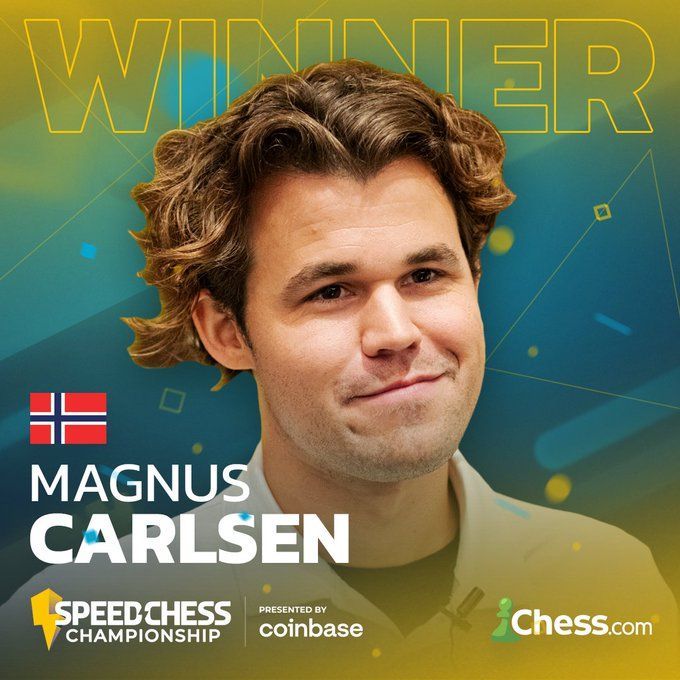
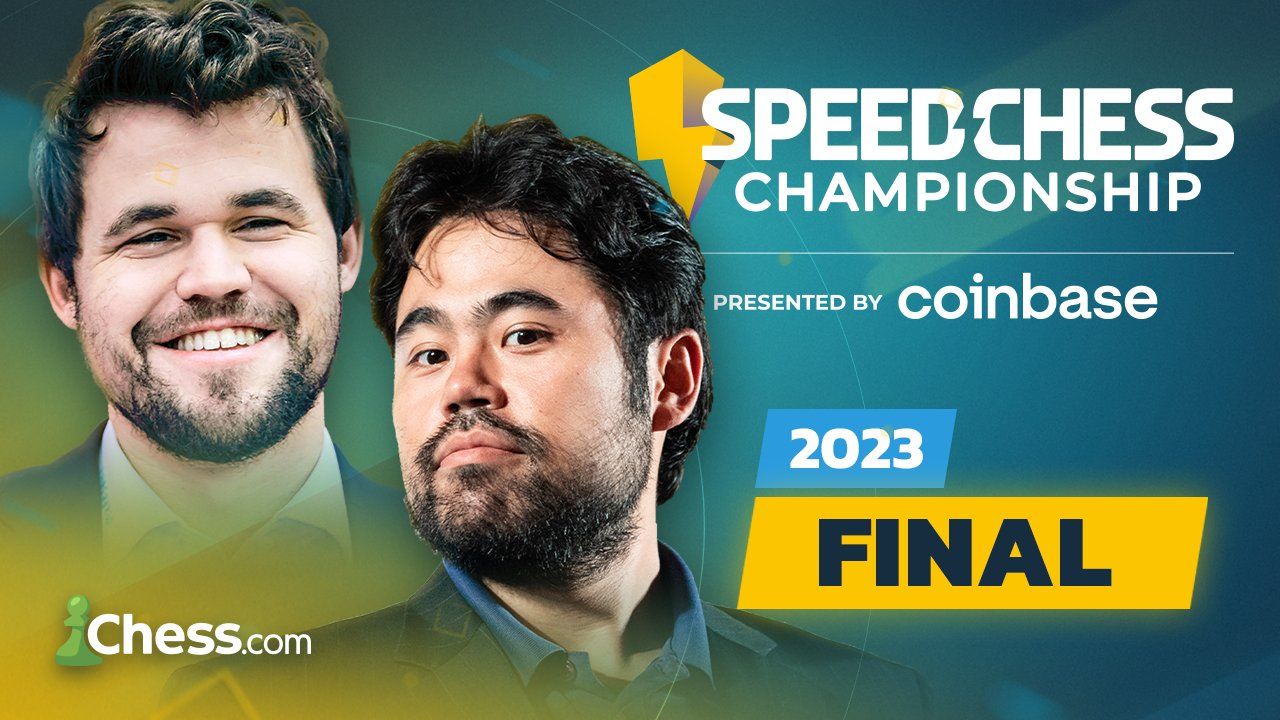
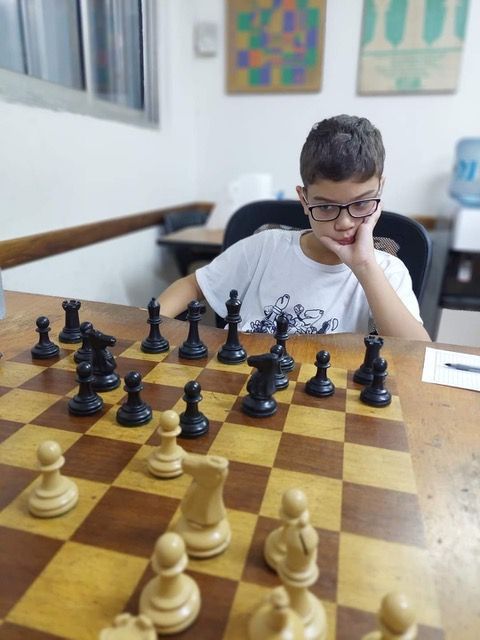
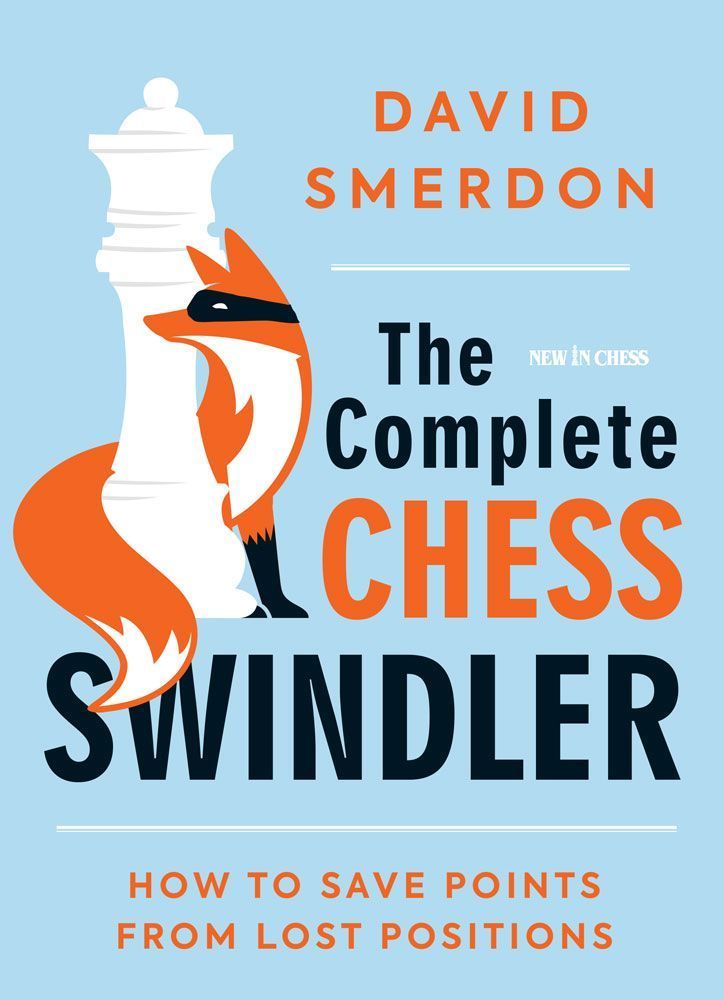
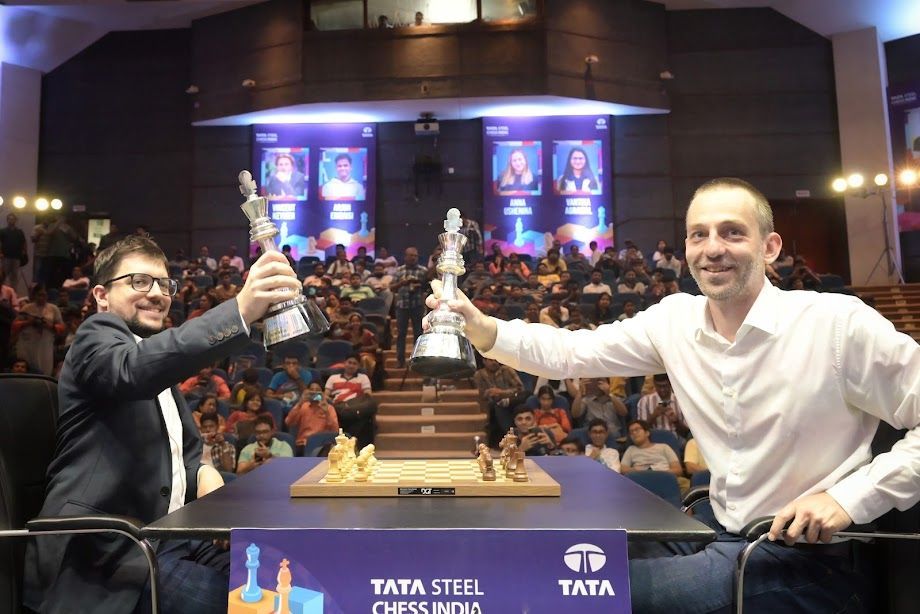


Copyright © 2024. First Move Chess. All Rights Reserved. Deigned and Hosted by JLT Web Design & Digital Marketing. Our Privacy Policy.


